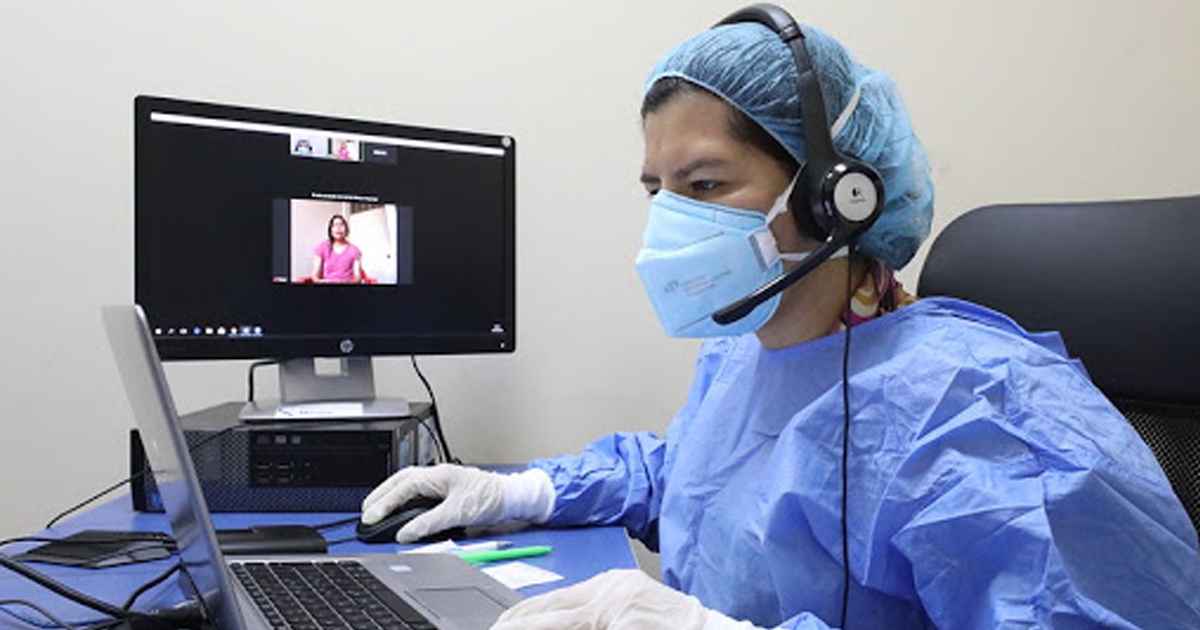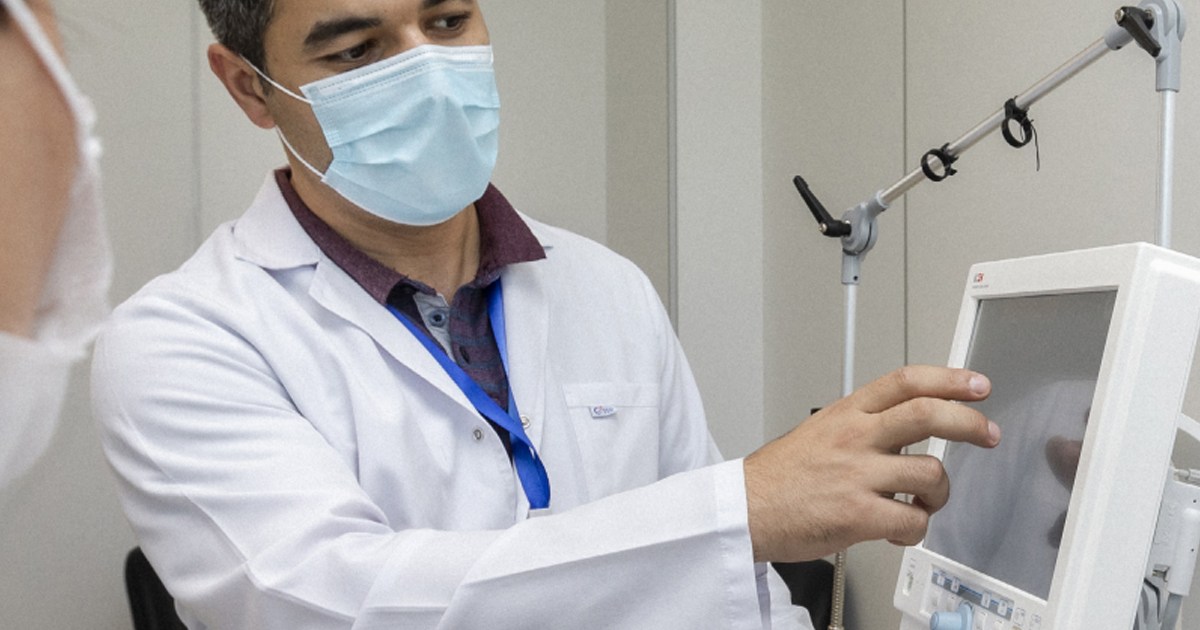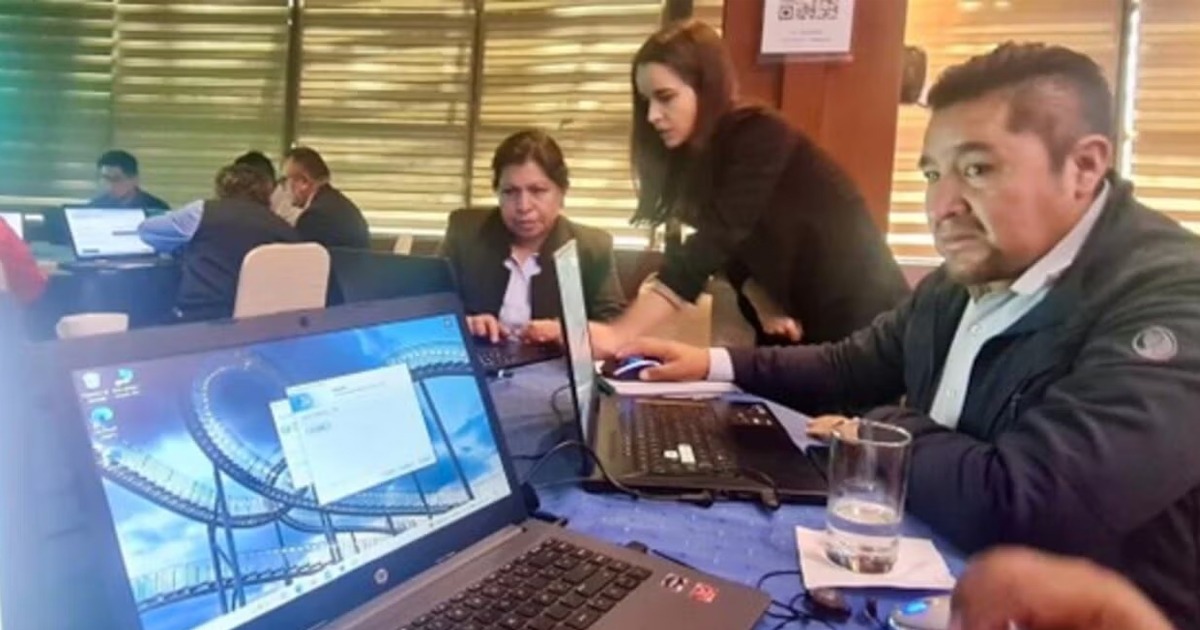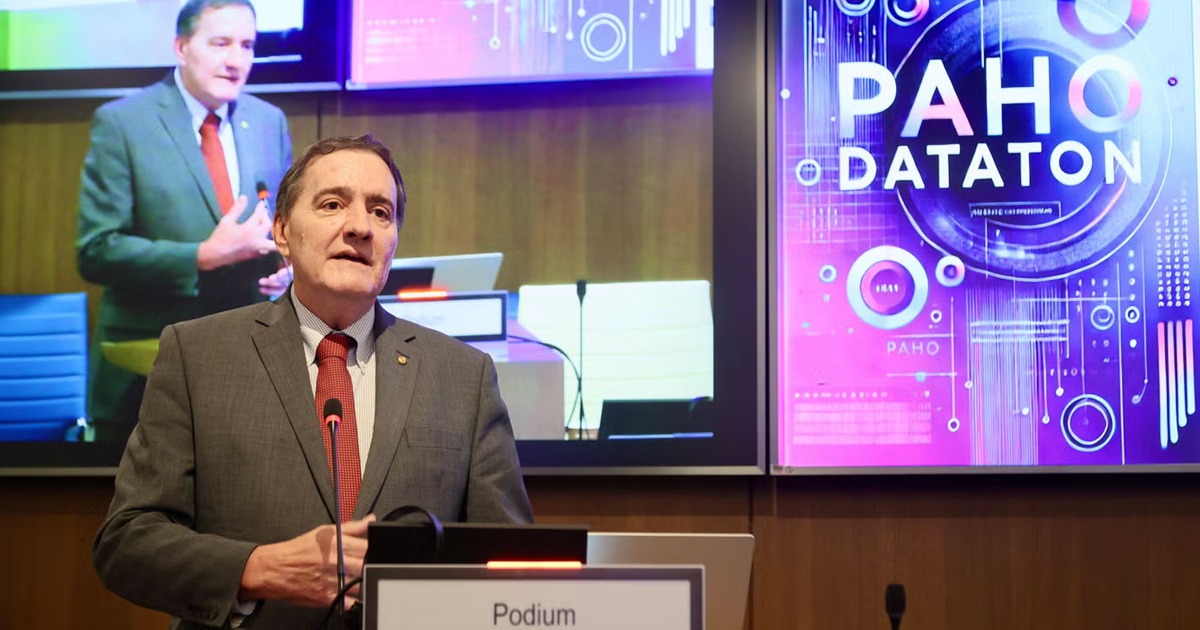Since the beginning of the pandemic and health measures adopted in the country, the Government of Peru has issued several standards to boost the use of health-focused Information and Communication Technologies (ICTs).
This article details the challenges of the COVID-19 pandemic, which has yet been an opportunity for the development of telemedicine and Digital Health. In Peru since 2005 the National Telehealth Plan was established and later the Telehealth Technical Standard was approved by the Ministry of Health (MINSA) in 2008. However, it was until April 2016 that the Telehealth Framework Law was published after three years of writing and implementation work.

Later that year, it was amended by the Legislative Decree in December, extending the concept of telehealth to the one it defines as follows: remote health service provided by competent health personnel, through Information and Communication Technologies – ICT, to make these services and their related services accessible mainly to users in rural areas or with limited resolution capacity. This service is carried out taking into account the following development axes of Telehealth: the provision of health services; the management of health services; information, education and communication to the population about health services; and capacity building for health personnel, among others."
In 2017 the Directorate General of Telehealth, Reference and Emergency, was created, the body responsible for regulating and implementing policies on telehealth. These advances in favor of Digital Health practices were important to the challenges that would arise this year. In 2020, following the emergency situation arising from the COVID-19 pandemic, Supreme Decree No. 013-2020-SA was published, which established that MINSA regulate procedures for "performing telemedicine services with special emphasis on remote medical guidance, tele-monitoring and mental health during the Health Emergency". Similarly, on 10 May, the definitions of telehealth and telemedicine were changed again to strengthen the reaches of Digital Health: "the remote health service provided by competent health personnel, through ICT, so that they are accessible and timely (sic) to the population".
MINSA began providing medical tele guidance in different specialties and in its first two weeks recorded more than 4,000 requests for care. A telephone line and a mobile application were enabled, this second tool was also one of the axes of the strategy against COVID-19 in the country. Through the application, health authorities monitored patients at risk of COVID-19 and infected patients.
For its part EsSalud (Social Security Institution of Peru), approved the General Management Directive No. 12: Telemedicine in Patients with Chronic disease, and in this way implemented remote consultations with main care in patients with chronic diseases. EsSalud's actions were coordinated through the National Telemedicine Center (CENATE).
Other institutions such as the Medical College of Peru (CMP) developed coronavirus self-assessment tools to help determine the people who should be tested according to the symptoms experienced. Similarly, CMP created a digital platform called Health to a Click to record patients' medical records, and make it easier for doctors to work.
However, despite the great efforts of different public and even private bodies, in Peru there is a gap related to Internet connectivity, since only 2 thousand 108 health service providers are part of the National Telemedicine Network, equivalent to 25.5%.
The article mentions that "the mass adoption of telehealth also requires a significant change in the management effort and redesign of existing care models", which also poses a major challenge. In terms of challenges, universities play an important role in the development of health professionals and in the creation of initiatives in Digital Health.
Digital Health in Peru, even during the pandemic, is in full growth and has a great margin of growth thanks to advances in the legal framework and in the creation of regulatory bodies of the various telehealth programs offered by public health services.
PERUVIAN MEDICAL AGREEMENT





